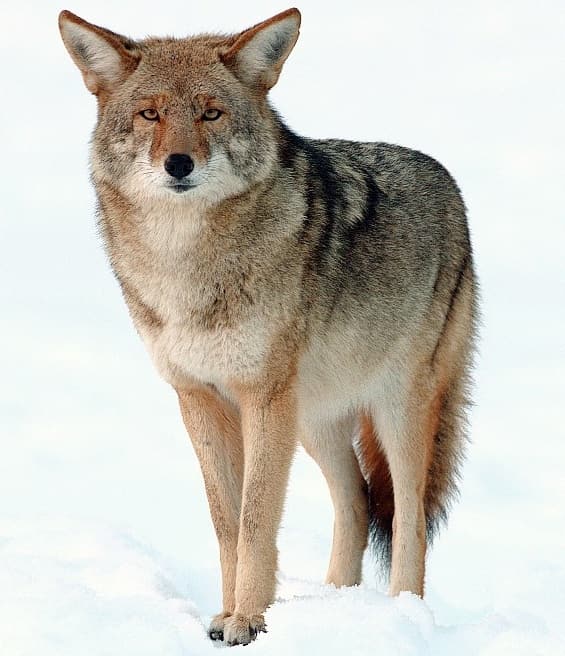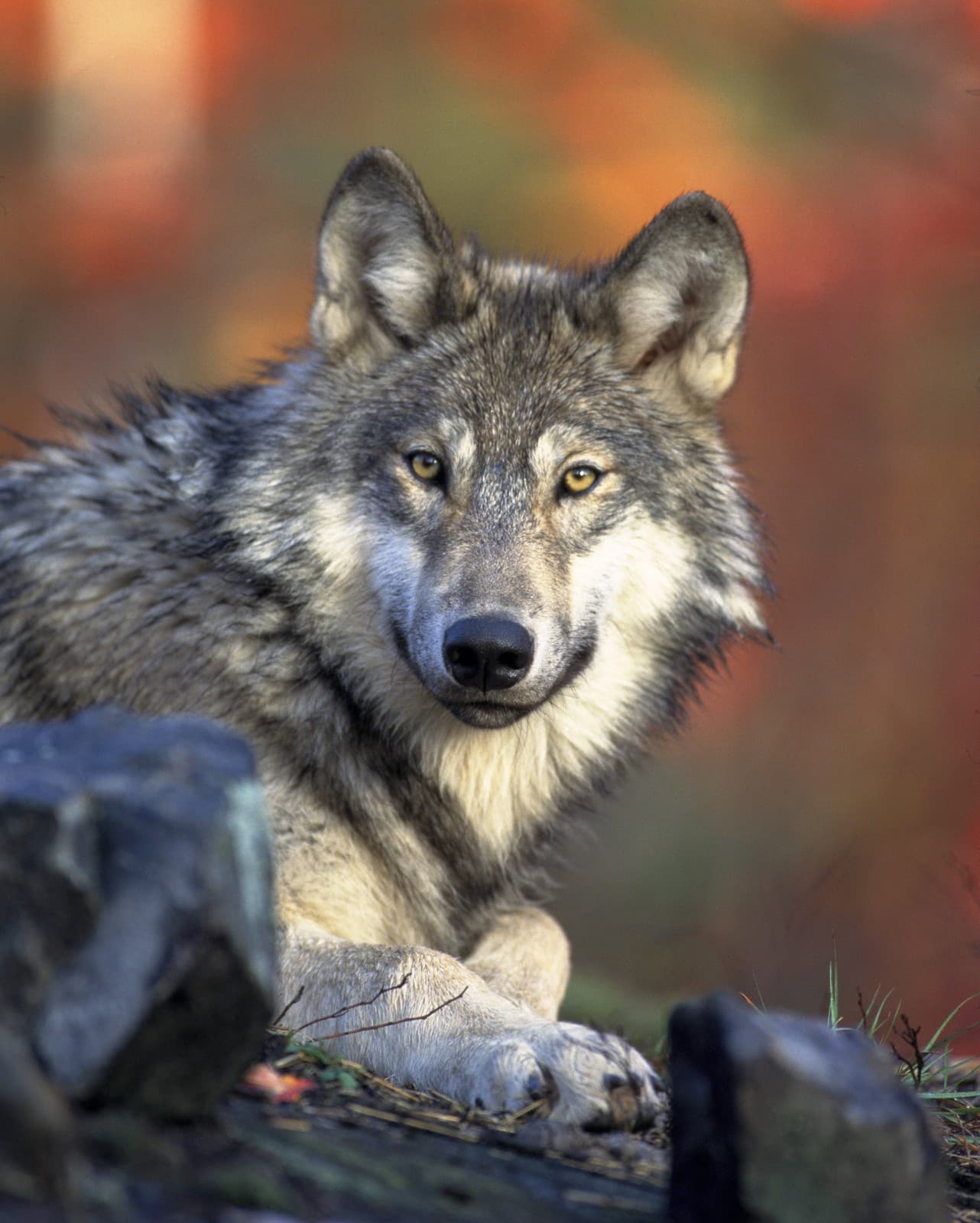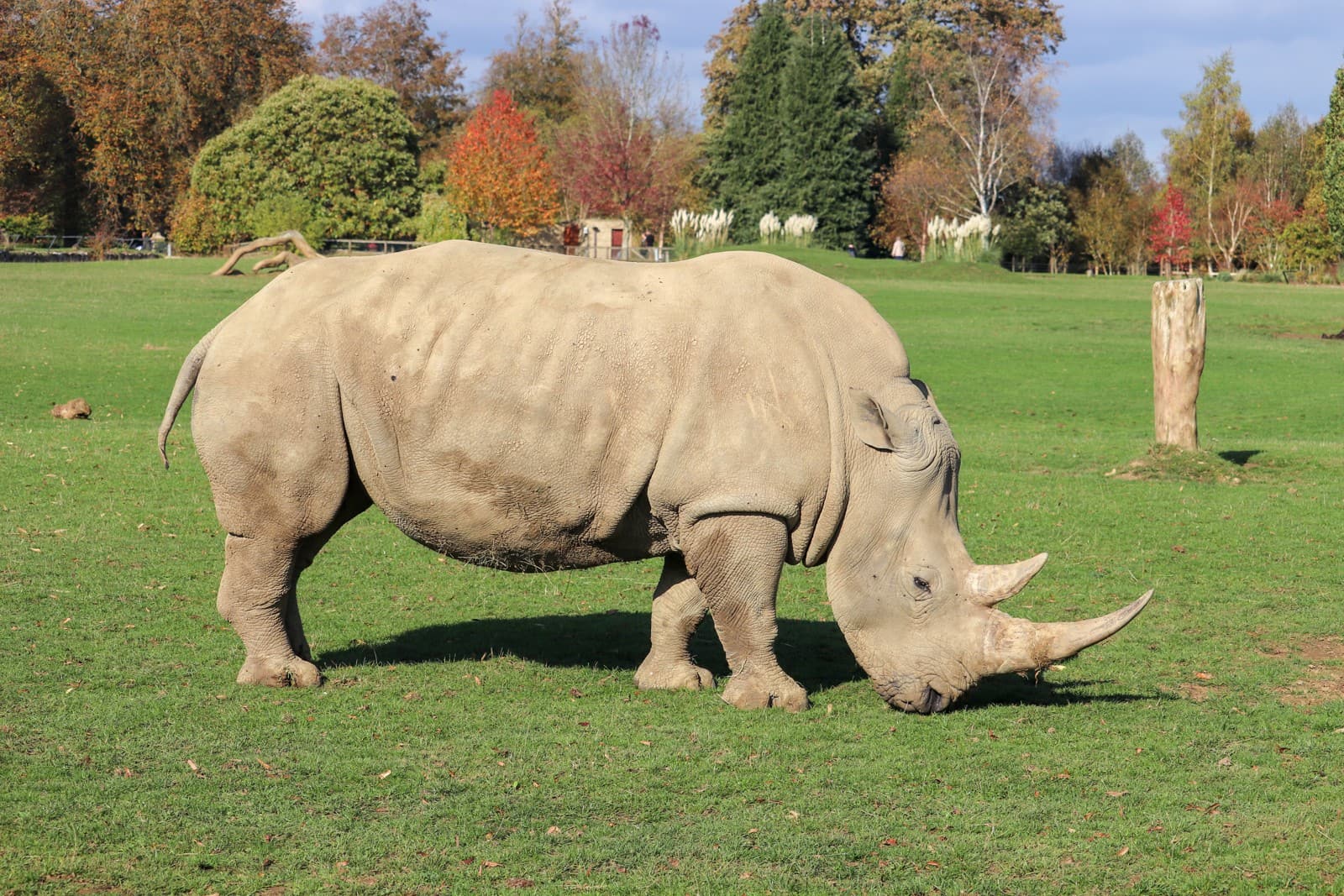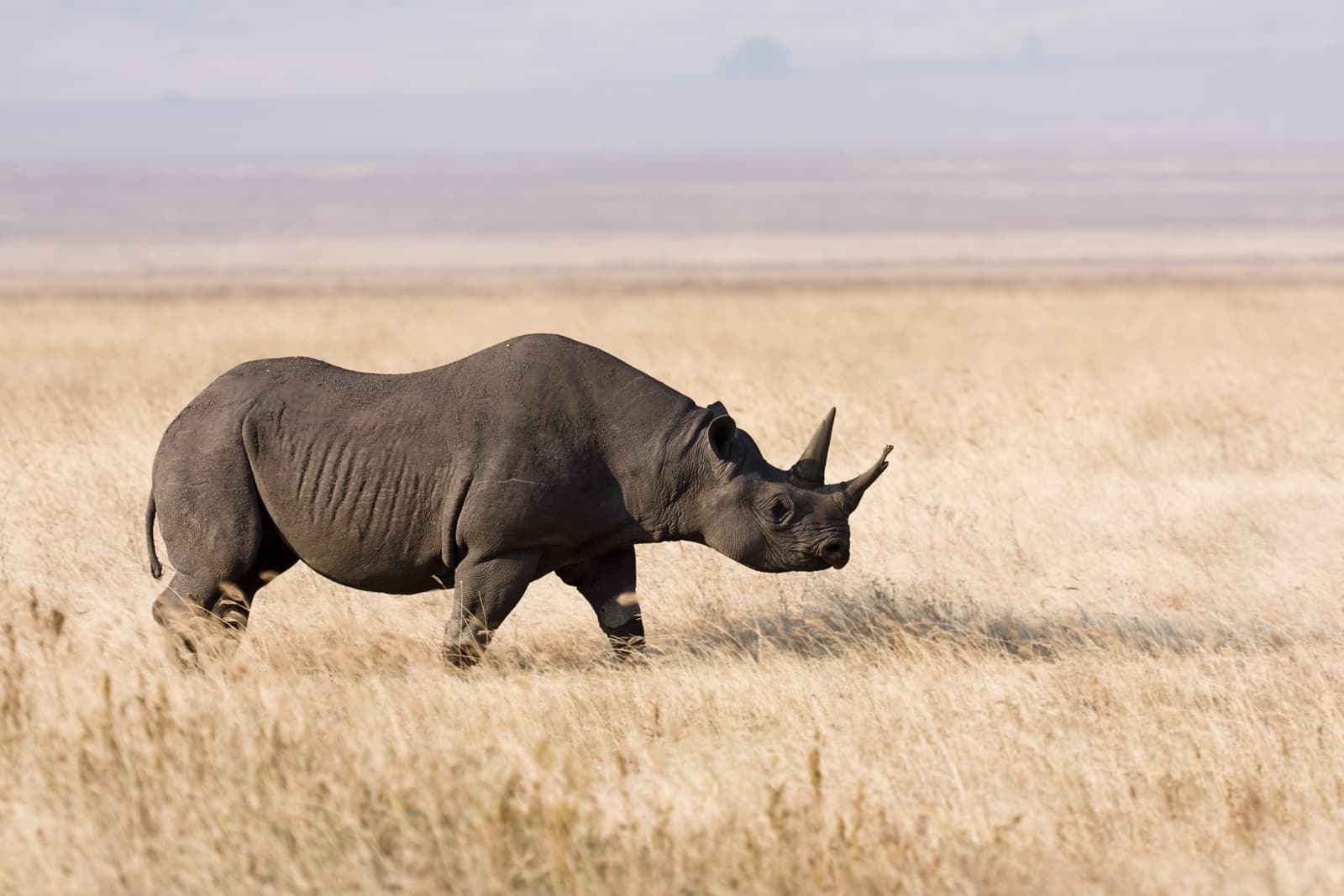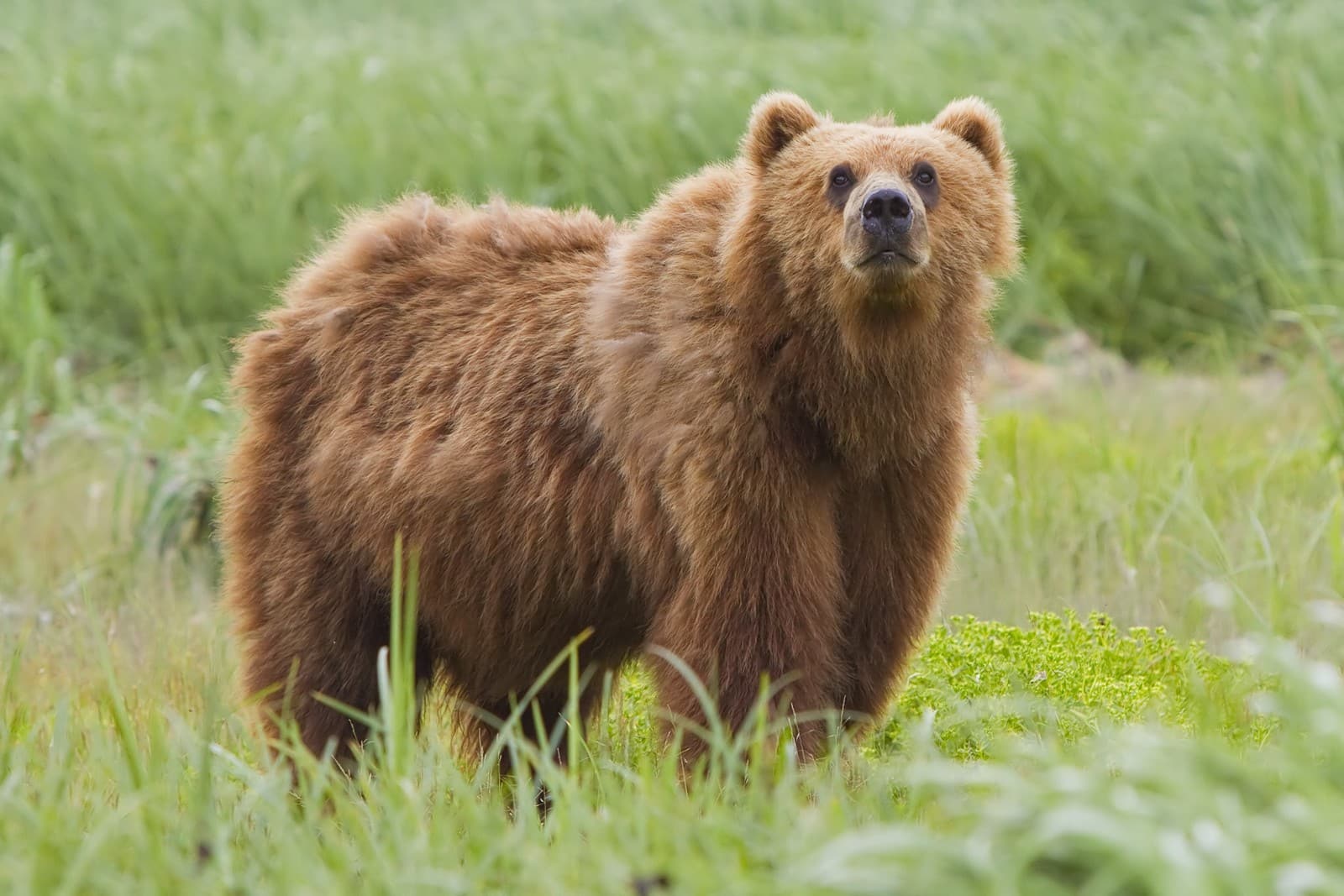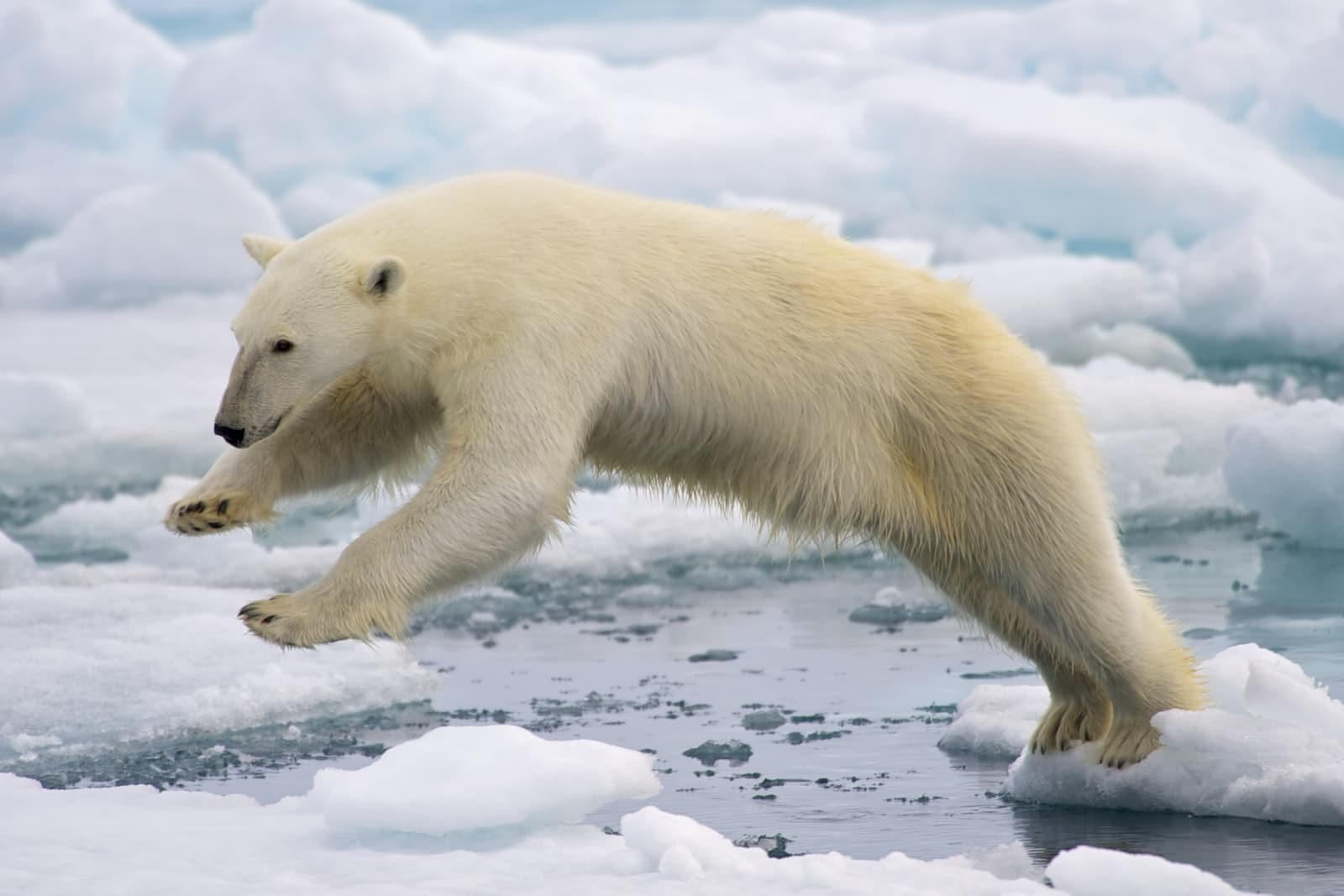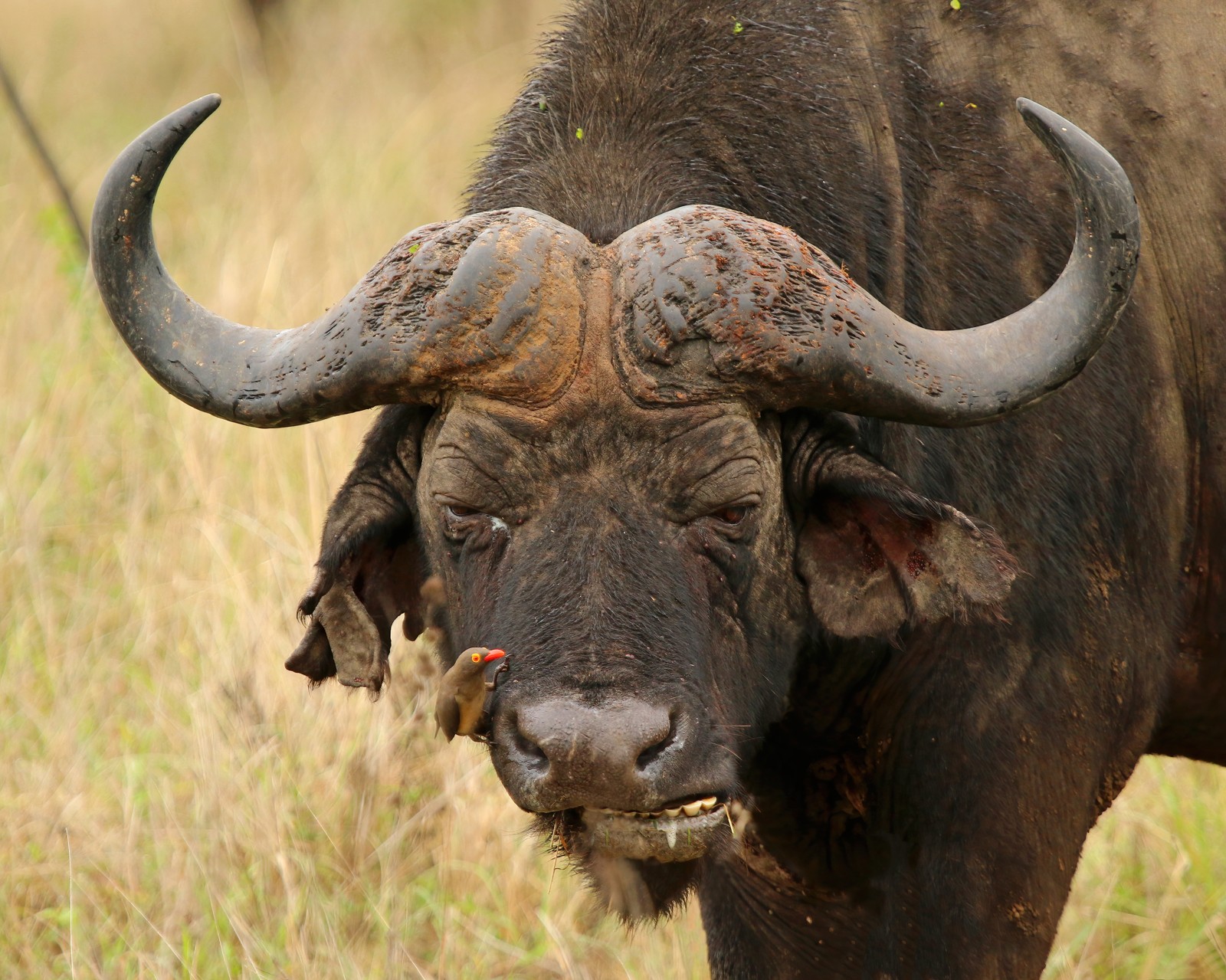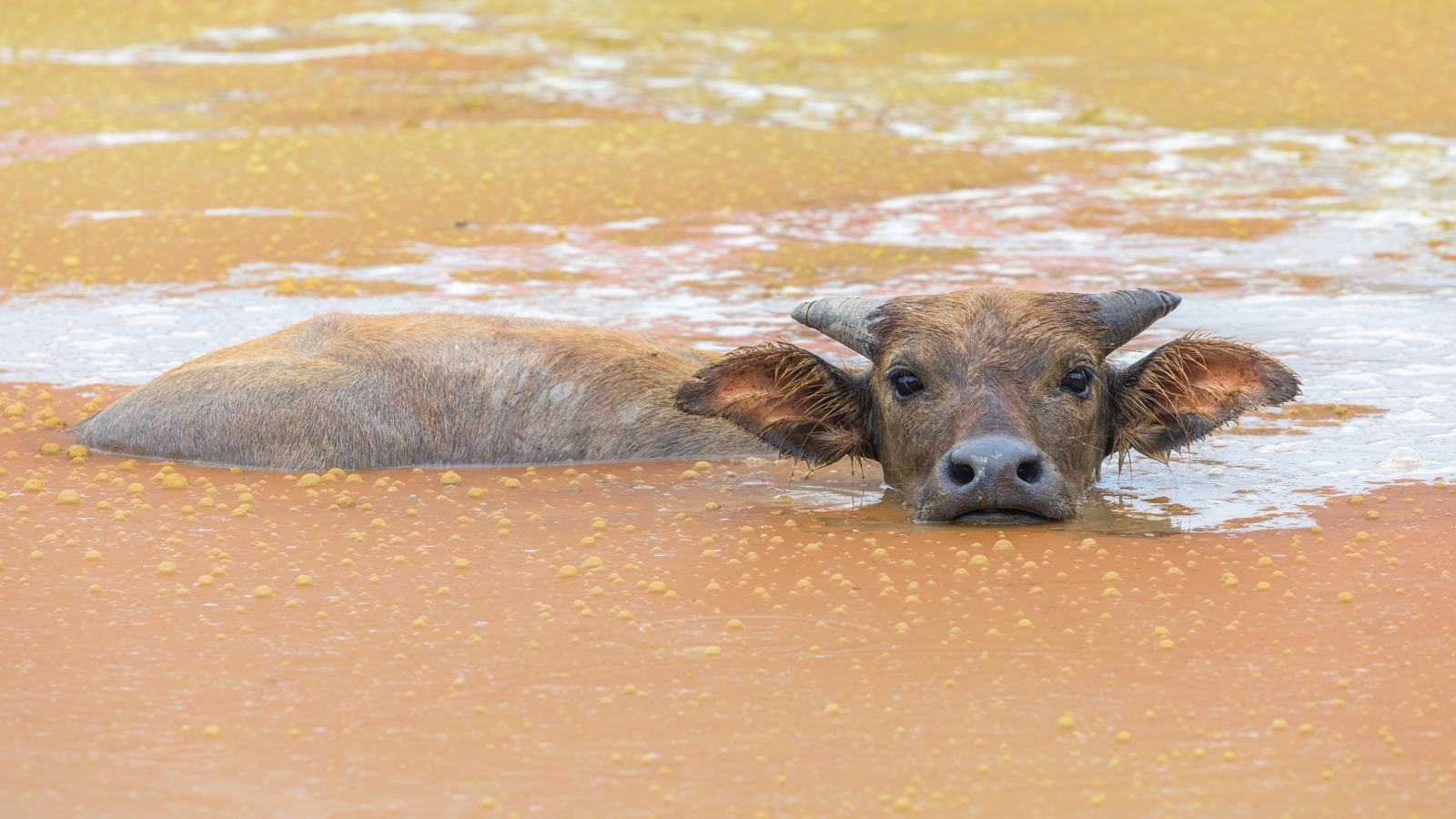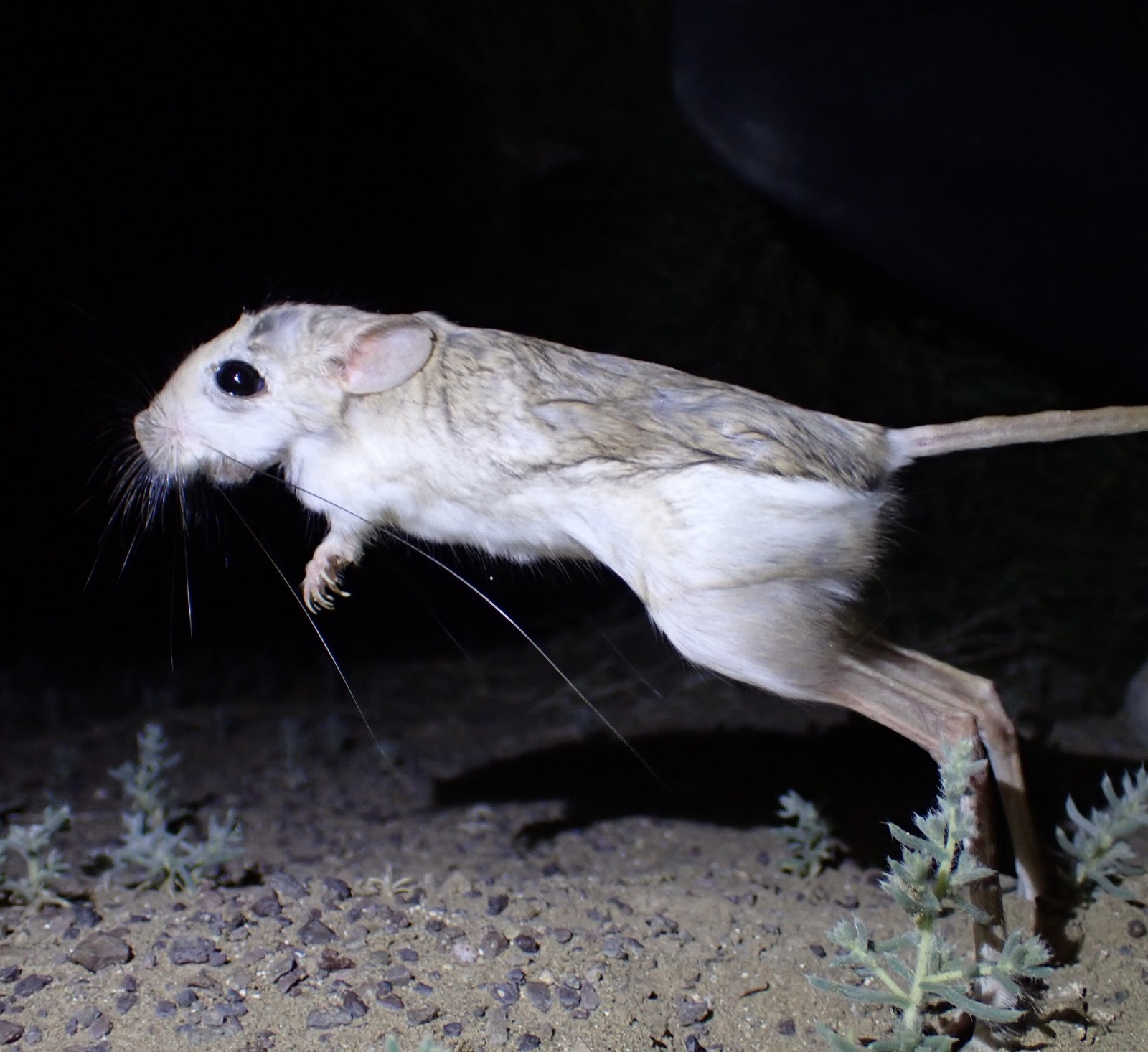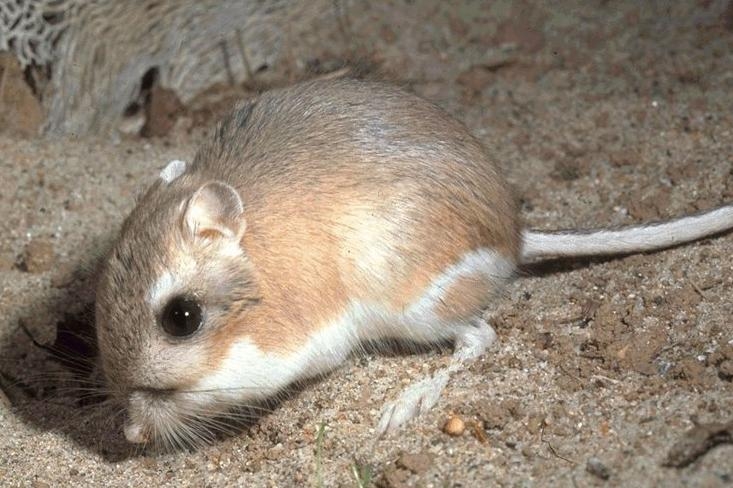Manatee vs Dugong: A Complete Comparison
While manatees and dugongs may appear similar at first glance, these remarkable marine mammals have distinct characteristics that set them apart. The most notable difference between manatees and dugongs lies in their tail shape – manatees possess paddle-shaped tails, while dugongs feature dolphin-like flukes. Manatees can reach lengths of 13 feet (4 meters) and weigh up to 3,500 pounds (1,590 kg), whereas dugongs typically measure 8-10 feet (2.4-3 meters) and weigh 510-1,100 pounds (230-500 kg).
These gentle giants belong to the order Sirenia, commonly known as sea cows, but evolved to occupy different marine environments. Manatees primarily inhabit rivers, estuaries, and coastal waters of the Americas and West Africa, while dugongs are strictly marine mammals found in the warm coastal waters of the Indo-Pacific region.
Visual Comparison
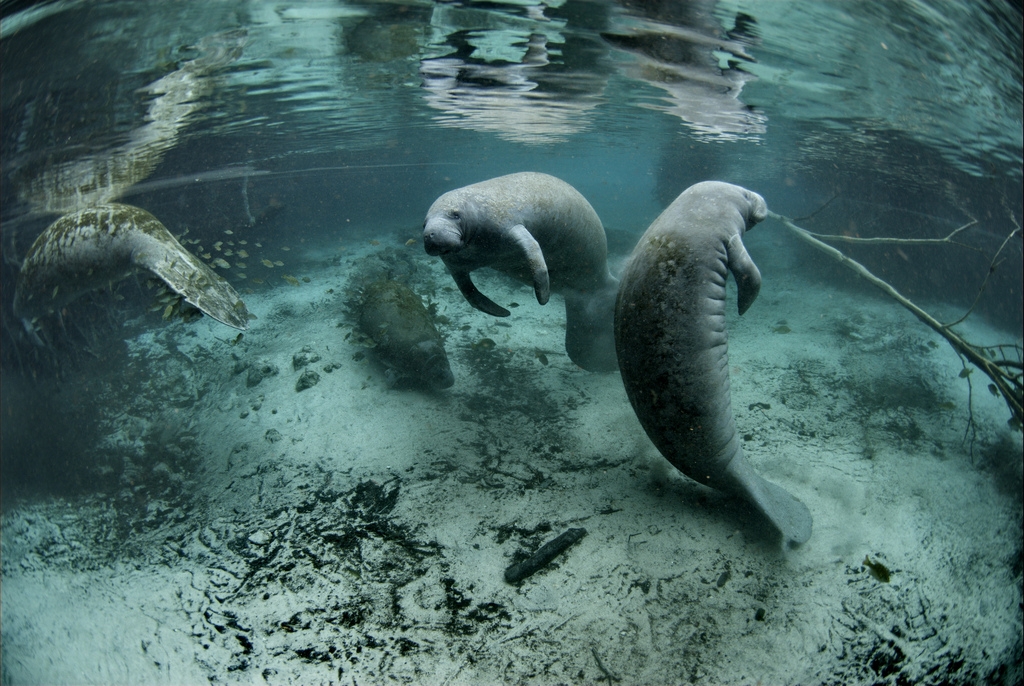
Manatees demonstrate their characteristic rounded snouts and paddle-shaped tails in their natural spring habitat. Note their robust bodies and distinctive facial features, adapted for browsing on aquatic vegetation in shallow waters.
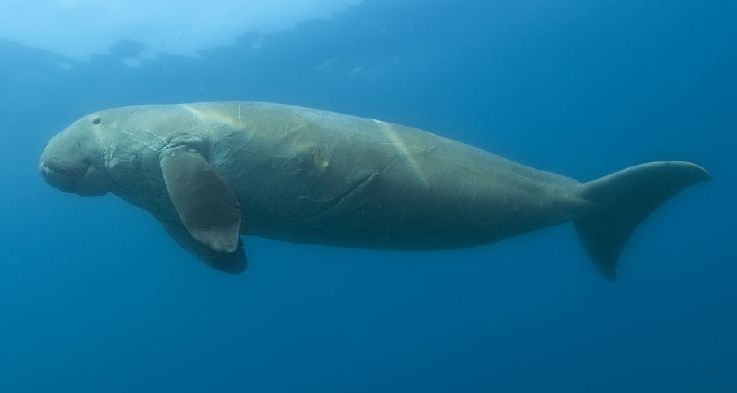
Dugongs exhibit their distinctive dolphin-like tail flukes and more streamlined body shape, evolved for life in open marine environments. Their shorter, broader snouts are perfectly adapted for foraging on seagrass beds.
Key Differences: Manatee vs Dugong
| Feature | Manatee | Dugong |
|---|---|---|
| Tail Shape | Paddle-shaped, rounded | Fluked, dolphin-like |
| Size | Up to 13 ft (4 m) | 8-10 ft (2.4-3 m) |
| Weight | Up to 3,500 lbs (1,590 kg) | 510-1,100 lbs (230-500 kg) |
| Habitat | Rivers, estuaries, coastal waters | Exclusively marine waters |
| Snout Shape | Broader, more flexible | Shorter, stronger |
| Diet | Various aquatic plants | Primarily seagrasses |
Habitat and Distribution
Manatees show remarkable adaptability across different aquatic environments, frequenting both freshwater and marine habitats. The West Indian manatee navigates between fresh and saltwater environments along the southeastern United States and Caribbean coastlines. In contrast, dugongs are strictly marine mammals, preferring the warm coastal waters of the Indian and Pacific Oceans, from East Africa to Australia.
Behavioral Differences
These marine mammals exhibit distinct behavioral patterns shaped by their environments. Manatees are known for their seasonal migrations, particularly in Florida where they seek warm springs during winter months. They can rest submerged for up to 15 minutes before surfacing for air. Dugongs, adapted to marine life, typically stay in shallow coastal waters but can dive deeper to reach seagrass beds, remaining submerged for up to six minutes.
Conservation Status
Both species face significant conservation challenges, primarily due to human activities. Manatees are vulnerable to boat strikes and habitat loss, with the Florida manatee population requiring special protection measures. Dugongs face similar threats, with additional pressure from hunting in some regions and destruction of seagrass meadows. Their conservation status ranges from vulnerable to critically endangered, depending on the specific population and region.
Diet and Feeding Habits
While both species are herbivorous, their feeding strategies differ notably. Manatees are generalist feeders, consuming various aquatic plants including floating vegetation, submerged plants, and even some terrestrial plants hanging over waterways. They can consume up to 10-15% of their body weight daily. Dugongs are specialized seagrass feeders, using their bristled snouts to dig up entire plants, including the nutrient-rich roots. This specialized feeding behavior influences their habitat selection and distribution patterns.
Evolutionary History
These remarkable marine mammals share a common ancestor but diverged approximately 40 million years ago. The evolution of their distinct features reflects adaptation to different environmental niches. Manatees developed more flexible snouts and bodies suited for maneuvering in rivers and coastal waters, while dugongs evolved more streamlined bodies and fluked tails adapted for efficient swimming in open marine environments.
